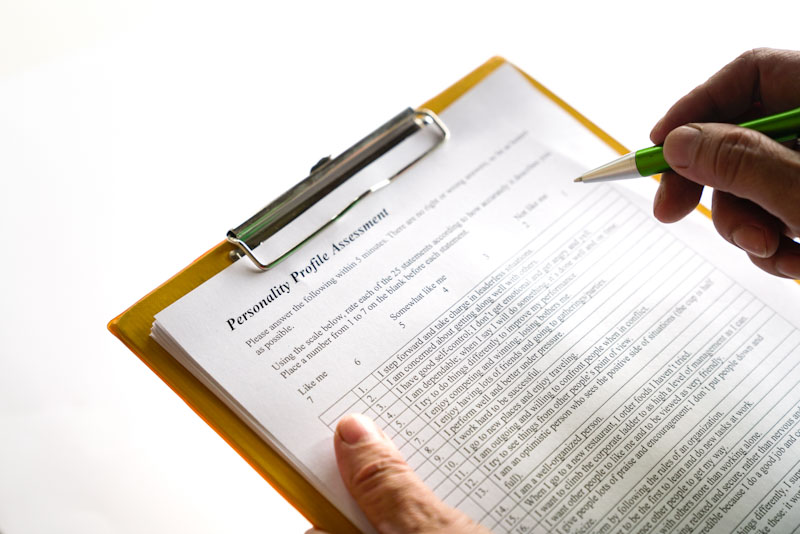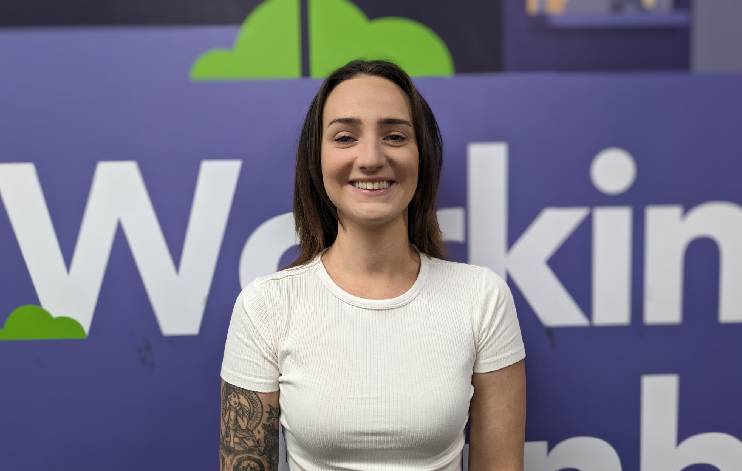What is type 2 diabetes and how do you treat it?
Published by MAXSolutions on June 11, 2020

Type 2 diabetes is a condition that causes the level of sugar (glucose) in blood to become too high. It develops when someone’s body becomes resistant to insulin, or does not make enough insulin to process the glucose in their food and give them energy.
What causes type 2 diabetes?
We don’t know the exact causes of type 2 diabetes but it is linked to risk factors like poor diet and lack of exercise. You are also at greater risk if there is a history of the condition in your family.
So if family members have it and your lifestyle includes risks, you have a high likelihood of developing the condition.
The main risk factors for type 2 diabetes:
family history
a low level of physical activity
poor diet
excess weight around the waist
Type 2 diabetes takes years to develop. During this period, the body becomes gradually more resistant to insulin and less effective at managing blood sugar levels. As a result, the body responds by producing ever greater amounts of insulin to try and manage blood glucose levels.
As insulin overproduction occurs over a very long period of time, the insulin producing cells in the pancreas wear themselves out, so that by the time someone is diagnosed, they have lost 50 – 70% of their insulin producing cells. This means the condition is a combination of ineffective insulin and not enough insulin.
Symptoms of type 2 diabetes
Many people with type 2 diabetes do not experience any symptoms at first. If they do have symptoms, these may include:
being very thirsty
passing more urine
feeling tired
feeling hungry
having cuts that heal slowly
Over time, diabetes can lead to complications, which can then cause other symptoms.
What treatments are available?
When first diagnosed, type 2 diabetes is often managed with healthy eating and exercise. But over time most people with the condition will also need medication, and many people will eventually need to take insulin. If you take medication or insulin as soon as you need to, it can mean fewer long-term complications.
It is important to note that people with diabetes successfully undertake all kind of jobs. Although some people wrongly think people with the condition will ‘black out’ all the time, or have frequent sick days.
The reality is that because many individuals with diabetes work with few or no restrictions, employers are often unaware members of their workforce are living with the condition.
You may want to give some work colleagues information so they understand what is happening if you do need to take insulin. You also may wish to make sure a couple of key people know what to do in the event you do experience hypoglycaemia (low blood sugar levels).
Type 2 diabetes diagnosis
If your doctor suspects you have diabetes, you will probably need to have a blood test to check your glucose level.
If you would like assistance modifying your lifestyle to reduce your chance of developing the condition, your EAP can help.
To make an appointment call 1800 629 277 in Australia and 0800 327 669 in New Zealand or email: support@maxsolutions.com.au
Share
Tags
Found this useful?
Help and advice
Our blogs are about helping people seek the information that they need for their steps in the workforce.














_1.jpg)





























.jpeg)




















